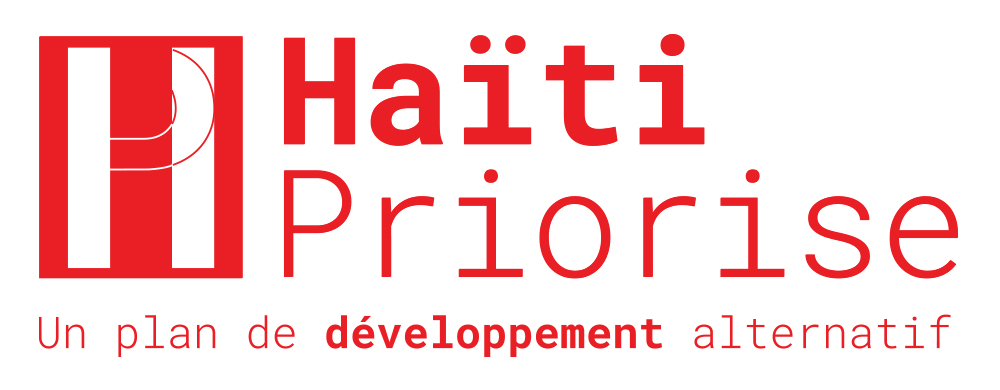Haïti Priorise: Wasting, Vosti
The Problem
Tens of thousands of young Haitian children suffering from severe (SAM) and moderate acute malnutrition (MAM) go untreated every year; many of them die and those who survive may face lifelong debilitations.
The Solutions
- Treat wasting with standard formula RUTF
- Treat wasting with local formula RUTF
The proposed 12-year intervention would improve and expand the screening and treatment of SAM and MAM for children under 5 years of age (6-59 months of age) using a standard ready-to-use therapeutic food (RUTF). More specifically, current levels of child screening (~80%, mainly those living at or near main roads) would be increased to 95% over a four-year scaling up period and remain at that level for 8 years.
The same intervention is examined, except using an alternative RUTF formula that makes more intensive use of local ingredients
Summary Table of the BCR
| Intervention | Benefit (in gourdes) | Cost (in gourdes) | Benefits for every gourde |
|---|---|---|---|
| Treat wasting with standard formula RUTF | 10.85 billion | 1.18 billion | 9,2 |
| Treat wasting with local formula RUTF | 10.84 billion | 1.13 billion | 9,6 |
The proposed intervention using the standard RUTF product is judged to be highly cost-effective; switching to a local formulation caused only very small changes to costs, and hence to benefit/cost ratios.
Benefits, Costs and BCR
Costs
The costs of the proposed intervention include the hiring and training of additional health workers for screening children under age five, and of nurses for treating more cases of SAM and MAM. Costs also include the up-front costs of improving the performance of screening and treatment systems, and the additional travel, supervision, and other costs associated with scaling up screening and treatment in increasingly rural and hard-to-reach areas.
Total cost of the intervention are about 1.4 billion gourdes. Of this, one-third would cover the costs of RUTF products, one-third would cover additional personnel costs, and one-third would cover the costs of transporting children to/from treatment centers.
Benefits
The proportion of children suffering from SAM who are treated would increase from about 70% (status quo) to 95% during the scale-up period, and the proportion of children suffering from MAM treated would increase from about 25% to 95% over the same period.
A 12-year intervention that improves and expands child screening and treatment programs using ready-to-use therapeutic foods (RUTF) will screen an additional 1.7m children, treat approximately 351,000 additional cases, and save over 5,700 lives.

